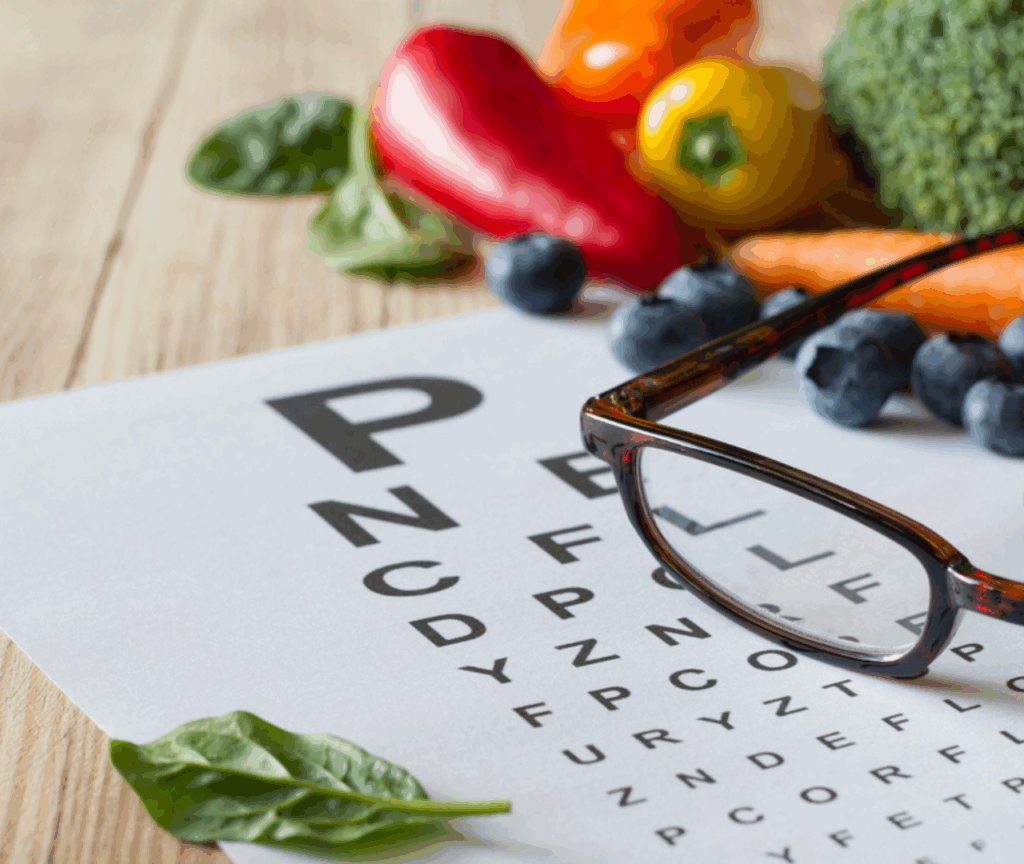How to Lower Your Risk of Vision Loss from Diabetes
Diabetes is one of the leading causes of vision loss among adults, but the good news is that most of this loss is preventable. By keeping blood sugar under control, scheduling regular eye exams, and adopting healthy lifestyle habits, people with diabetes can protect their sight for years to come. Since November is Diabetic Eye Disease Month, it’s the perfect time to raise awareness about how diabetes affects the eyes and what steps you can take to lower your risk.
Why diabetes affects your eyes
When blood sugar levels stay too high for too long, they can damage the small blood vessels in your body—including those in your eyes. The retina, the light-sensitive part at the back of your eye, depends on healthy blood vessels to function. Damage here can lead to diabetic retinopathy, the most common eye disease related to diabetes.
But that’s not the only risk. Diabetes also increases the chances of developing cataracts (clouding of the lens), glaucoma (increased eye pressure that damages the optic nerve), and diabetic macular edema (swelling in the retina that causes blurred vision). These conditions often start without symptoms, which is why many people don’t realize there’s a problem until vision loss begins.
The importance of early detection
The encouraging news is that early detection can prevent or delay up to 90% of diabetes-related vision loss. Eye doctors use a dilated eye exam to look for changes in the retina, swelling, or bleeding that aren’t visible to the naked eye. Even if your vision seems fine, silent damage may already be occurring. That’s why experts recommend that every adult with diabetes get a comprehensive dilated eye exam at least once a year.
Catching eye disease early allows doctors to act quickly. Treatments like laser therapy can seal leaking blood vessels, injections can reduce swelling, and surgery can help in advanced cases. With regular monitoring, many people maintain clear vision well into older age despite having diabetes.
Steps to protect your vision
Managing diabetes effectively goes hand-in-hand with protecting your eyesight. Here are the most effective habits:
- Keep blood sugar levels in your target range – Stable blood sugar prevents damage to the tiny vessels in the retina.
- Control blood pressure and cholesterol – Both can worsen diabetic eye disease if left unchecked.
- Schedule yearly dilated eye exams – Don’t wait for symptoms; prevention is far easier than treatment.
- Follow your diabetes care plan – Take insulin or medications as prescribed and keep up with glucose monitoring.
- Quit smoking – Smoking accelerates damage to blood vessels and worsens eye disease.
- Eat a nutrient-rich diet – Leafy greens, carrots, citrus fruits, berries, and omega-3-rich fish like salmon all support eye health.
- Wear sunglasses outdoors – Protect your eyes from UV rays, which can contribute to cataracts.
- Stay physically active – Regular exercise improves blood flow, helps control blood sugar, and reduces risk factors for eye disease.
- Report any vision changes immediately – Blurriness, floaters, or sudden vision shifts should be treated as urgent.
- Follow treatment if diagnosed – Modern treatments can slow progression and preserve sight if followed consistently.
Daily habits that make a difference
Along with medical care, small everyday habits support long-term vision health:
- Stay hydrated to keep eyes and tissues functioning well.
- Limit processed foods and sugary snacks that spike blood sugar.
- Use proper lighting to reduce strain when reading or working.
- Rest your eyes with the 20-20-20 rule: every 20 minutes, look 20 feet away for 20 seconds.
Over time, these habits reduce stress on the eyes and improve overall health, making it easier to manage diabetes.
Tips for caregivers and families
Loved ones play an important role in helping people with diabetes protect their vision. Caregivers can:
- Schedule and remind patients of annual eye exams.
- Prepare balanced meals with eye-healthy nutrients.
- Encourage regular glucose monitoring and medication adherence.
- Watch for early warning signs of vision changes.
- Offer support for quitting smoking or starting an exercise routine.
When families stay involved, patients are more likely to keep up with essential care routines.
Common myths about diabetic eye disease
- “If I can see clearly, my eyes are fine.” False—damage often starts silently.
- “Eye problems are unavoidable if I have diabetes.” Not true—most vision loss is preventable with care.
- “Only older people get diabetic eye disease.” While risk increases with age, young adults with diabetes can also develop complications.
Final thoughts
Diabetes doesn’t have to mean losing your vision. By managing blood sugar, blood pressure, and cholesterol, scheduling annual eye exams, and making healthy lifestyle choices, you can dramatically reduce your risk of vision loss. Support from caregivers and families makes these routines easier and more effective.
During Diabetic Eye Disease Month in November, healthcare providers, communities, and families come together to raise awareness about the connection between diabetes and eye health. It’s a reminder to schedule your eye exam, encourage loved ones to do the same, and take proactive steps to protect one of your most precious senses—your sight.
Protecting your vision isn’t just about seeing clearly today—it’s about ensuring that you can enjoy the moments, people, and experiences you love for years to come.

